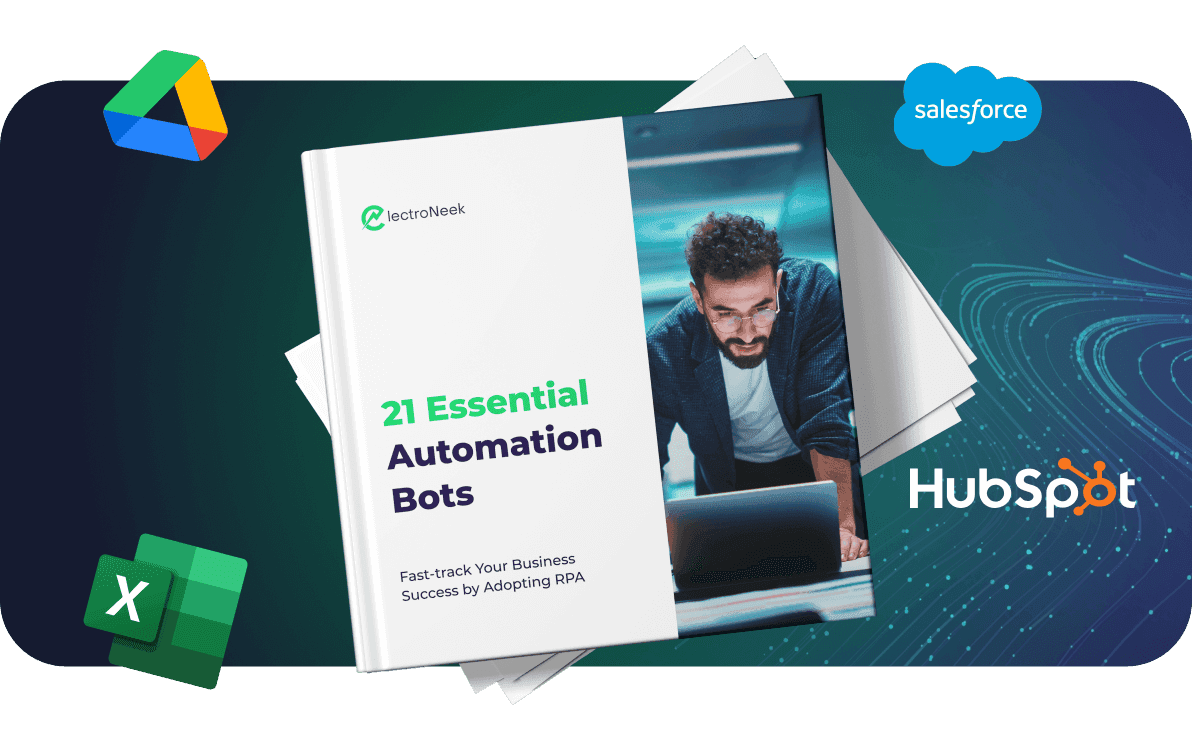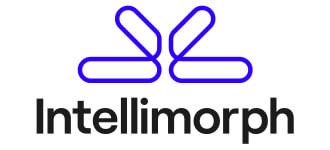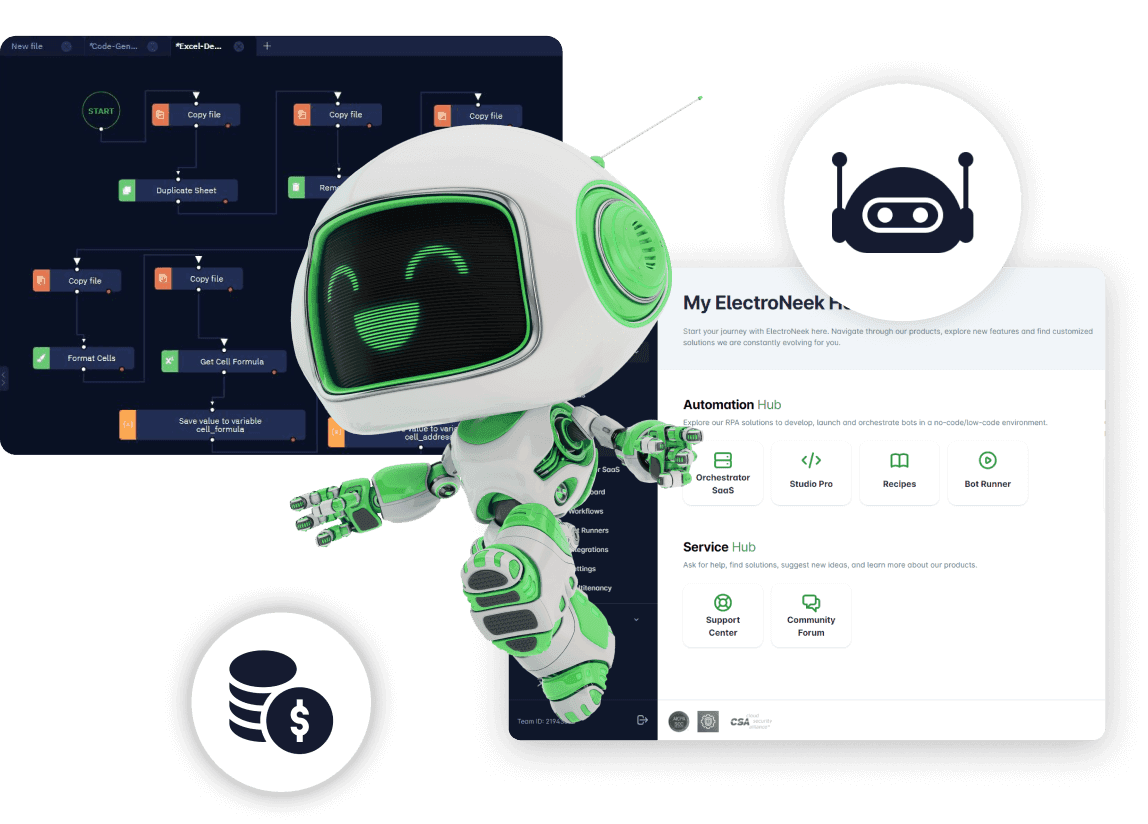
Solution Provider Partnership
Tailored for MSPs, ITSPs, system integrators, and IT consultants specializing in CRM, ERP, BI, or RPA. Join us to seamlessly integrate ElectroNeek into your services, elevating the value you offer clients. Experience synergy and enhance your portfolio with our innovative solutions!

Fastest Growing Segment of IT Industry
RPA and AI, with an anticipated CAGR exceeding 30% from 2023 to 2030, lead the tech industry’s rapid growth. Discover further details in this report.

In-Demand and Strong Product Line-Up
There is unlimited demand for products and services. Check out the market trends and demands here.

High Commission
ElectroNeek disrupts the industry by introducing the highest commission for solution provider partnership.
How are you going to make money?

Sell Licenses, Receive Commision
$20,000-50,000
average annual subscription check size per customer

Inspect Processes, Perform Consulting
$150+
starting hourly rate

Build Bots, Offer Services
$20,000+
starting project price
60%
First Deal Intro Bonus
To help you establish your RPA team, ElectroNeek introduces an unprecedented intro bonus. Entering the RPA market has never been easier.
up to 50%
Lifetime revenue commission
Lifetime revenue means full margin for thru-partner renewals. Generate recurring revenue and easily snowball your success with ElectroNeek.

Sales & Marketing Guides
ElectroNeek provides vital partnership education for automation division success.

NFR Account
Partners get a powerful Not-for-Resell account with full platform features for internal automation and showcasing.
Get our ultimate guide on Use Cases for Automation

Extended Trials for your Prospects
On request we provide extended product trials to ensure you win more deals with demanding clients who want to dig deeper into a tech.
Training and Certification
Vendor courses: Build tech skills, train RPA developers quickly.
Market Development Funds
Based on Partnership Tier, we add up to your budget for online/offline events, marketing efforts with our MDF.
Deal Registration
We provide partners with Not-for-Resell powerful account with full platform features that is useful for automation of your processes, showcasing to opportunities and building PoCs.
Secure your success with incredible benefits
Solution Engineers
Our Solution Engineers assist you in client PoCs. You will not be left alone with complicated customer cases.
Contribute to our mutual success
We value partner feedback, adapting and growing with shared insights.
Dedicated Partner Manager
Growth and scaling of your success is overwatched and guided by our Partner Managers.
Lead Distribution
Meeting high demand for AI and automation, we connect clients of all sizes with our solution partners.
Our partnership program brings success.
Read what these MSP leaders have to say:


With ElectroNeek, there are so many tools and opportunities to integrate. For example, our first automation involved a finance bot that scrapes a website for information into an Excel sheet and plugs it into AS400. Having ElectroNeek’s technology stack to support these functions is crucial because we can quickly deploy the bot within the ecosystem.
Randy Lowman
Managing Director, Laketurn Automation


We realized our existing business model was not the right fit for SMB clients, because we needed a platform that could help our SMB clients scale their business. That is when we found ElectroNeek.
Giritharan Ramasamy
Data Centure


ElectroNeek scored well in our trial and was our first choice. We can now offer to build a full bot for someone while offering support at a fixed monthly price, which is not possible from most RPA vendors on the market.
Alex Tillirides
CEO, Intellimorph


Our clients want something easy to use. Other orchestrators from other automation software vendors are difficult to manage; but ElectroNeek provides a solution that business process professionals can use, not just developers.
Rohan Naik
Alliances & Partnerships, ACL Digital


We could easily find ourselves lost in the larger ponds of traditional RPA vendors like UiPath. ElectroNeek, from the very beginning, has prioritized our success, collaborating with us to provide business expertise regarding subscription-based pricing models to ultimately bring truly affordable and flexible RPA solutions to our clients.
Ryan Datlaff
CEO, Trumpet


We implemented automation with the ElectroNeek platform within just a couple of months. The no-code functionality of the platform was easy to learn and use. ElectroNeek has helped us foster closer relationships with clients through RPA implementation and proof of concept.
Filum Ho
CEO, Apollo Studios

